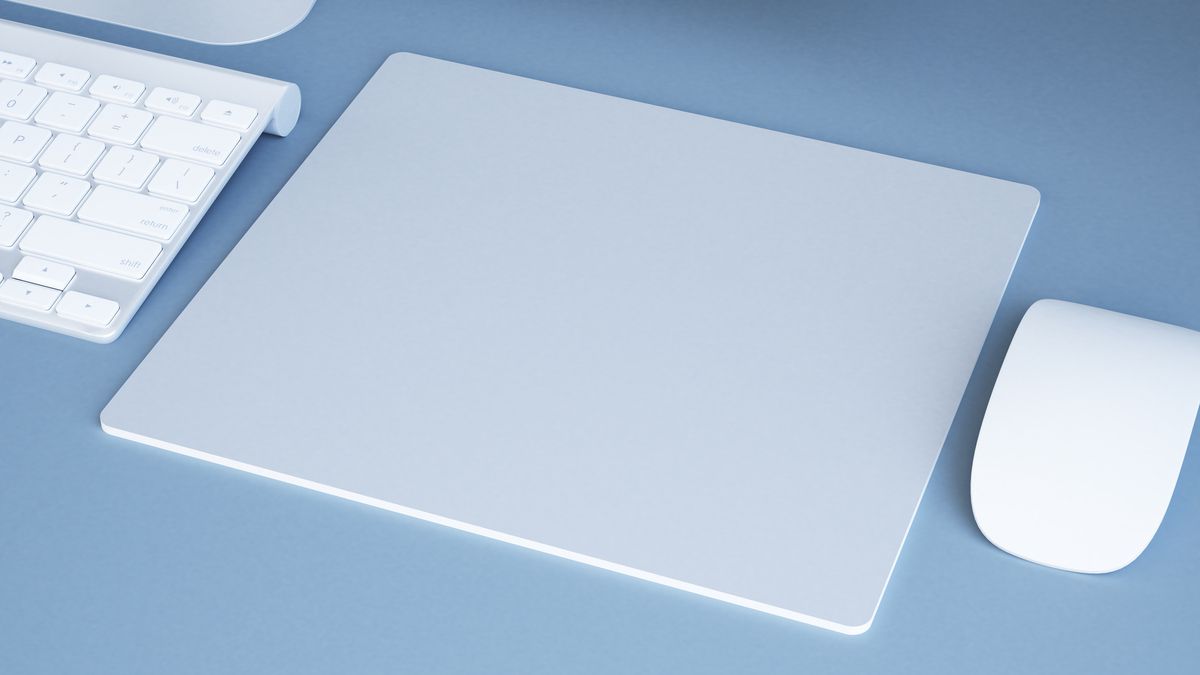Quick Links
Using a good mouse pad makes your time on the computer much more enjoyable. Look out for the signs we'll go over when your pad no longer provides the comfort and control you need. Here's what to look out for.
A Rough Surface
One of the most common signs that it's time for a new mouse pad is when the surface no longer feels smooth. Try to recall what it used to feel like when you first got it. Now, move your mouse around the pad and pay close attention to how it feels.
Are there certain spots that feel bumpy or harder to swipe on? Is your mouse catching on the surface? If so, a replacement may be necessary, but first make sure you try cleaning the pad. See if the wash got rid of the rough spots and made the surface smoother again. If that doesn't work, you probably need to replace it.
Remember that a mouse pad can dramatically improve your experience when handling a mouse, especially gaming mice. It allows your mouse to glide smoothly and more accurately. So, if you've had your pad for a while and it's not as smooth as it used to be, don't hesitate to replace it, as they are pretty affordable.
Obvious Damages
Another common sign to replace your mouse pad is when there's obvious damage to it. This includes rips, holes, rough scratches, peel at the edges, or any other type of physical damage to the surface. You won't be able to fix these, but even if you could, it's a lot easier to just replace the entire pad.
Using your mouse with these damages can be a nightmare. Doing so may even damage your mouse over time, so it's not worth the risk. If you can see the base material underneath the top layer of your pad, throw it out immediately! The good news is that most pads are affordable, so you won't have to spend much to get a new one. Remember that small rips, scratches, and holes can pretty much be invisible, but they may still affect your mouse's movement.
If there's damage but you don't really feel it while using your mouse, hold on to the pad a while longer. Only get rid of it when the damages make it difficult to use.
Deep Cleaning No Longer Helps
Giving your old mouse pad a deep cleaning, at least for a while, usually solves performance issues. But there comes a time when even a good scrubbing or washing can help it anymore. If you've tried everything from submerging the pad in dish soap to scrubbing the surface with a cleaning brush to no avail, then consider throwing in the towel.
A good way to tell if deep cleaning is no longer helping is if the pad feels dry and stiff after it dries. this usually means that the material is breaking down and losing its original properties, which can cause the mouse to catch or stick while using it. Normally when you clean a mouse pad, it gets softer and smoother, not rough and dry.
Inconvenient or Uncomfortable Size
If you often bring a mouse pad with you on the go, a smaller one will usually be more convenient to carry around. However, if you're at your main setup where you play games or do work, a larger mouse pad can offer more space and comfort. This is especially true when playing games that require you to make large, sweeping motions.
Your old and smaller pad may have been the perfect size when you first got it, but your needs could change. If your current mouse pad is causing you discomfort because it's not giving you enough space to move around, then replace it with a bigger one. But rather than throw it out, store it away for safekeeping.
Conversely, if you initially bought a large mouse pad that no longer fits your table or workspace, it's better to replace it with a smaller one than to cut it. Cutting it to the size you need will leave you with an ugly and jagged edge that will eventually be uncomfortable to use. You never know when you might need a large mouse pad again, so keep it tucked away for now.

